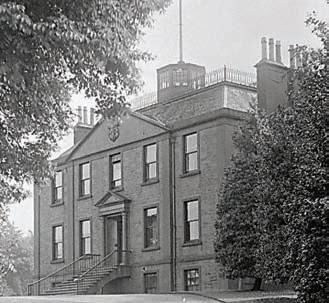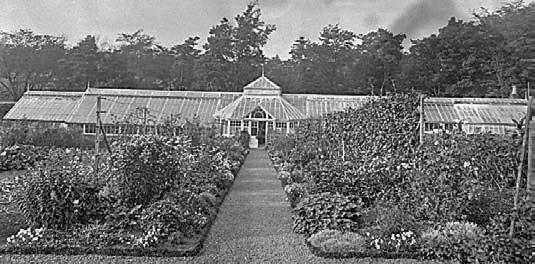
3 minute read
HISTORY
Local history
Johnstone History Society
Advertisement
As Christmas approaches it is still uncertain what kind of Christmas we face. However, although our meetings as yet have not been able to resume the Museum continues to open Wednesday, Friday and Saturday from 10.30am till 4pm. All our usual books are still on sale and able to be purchased in the Museum or online at johnstonehistory.org and can be paid for via PayPal. Also on sale are our Johnstone Pictorial calendars priced £5 and as we sold out quickly last year and many people were disappointed, I would advise you get in early to be sure of getting one. The Museum operates adhering to strict government guidelines. The Society would like to wish all our members and friends A very happy and safe Christmas.
Memory Lane
Retired headteacher Colin Campbell and former manager of the Weavers Cottage museum in the Renfrewshire village of Kilbarchan, Christine MacLeod have combined forces in a local history project. After interviewing dozens of older local residents they have produced a handsome publication of memories from the last century. ‘We share an interest in the past, national and local,’ explains Colin, ‘and we thought it would be an interesting idea to put on record people’s lived experience in the village.’ Christine Macleod was brought up in Kilbarchan
Geordie Fulton and his apprentice Johnny and operated in the museum
Lightbody, outside his blacksmith’s shop in Kilbarchan’s Steeple Street.
as a weaver as well as managing the popular attraction. Both have used their extensive network of local connections to good effect and a handsome and fascinating book, Listen Closely: an oral history of Kilbarchan 1900 – 2000 is the result. One aspect covered is the move over many years to convert homes that were previously weaver’s workplaces into modern homes. Other features of work include the role of horses and hence their shoe-ing at the village forge as pictured. Listen Closely (£15) is available from local outlets and online from https://www.thirstybooks.com/bookshop/
The history spot Glentyan Estate, 1922
Glentyan House was built by Alexander Speirs, a local linen merchant, in the late eighteenth century. A subsequent owner, Richard Hubbert Hunter, owned the estate from 1898 until his death in1939. His son, Charles Hunter, took this photograph of Glentyan House in, or before, 1922. Richard Hunter’s coat of arms, made of wood and colourfully painted, adorned the apex above the front entrance. Over the years the coat of arms deteriorated. After gracing the house for over one hundred years, sadly this wooden plaque fell to the ground and shattered in 2010. The tower with the flagpole on the roof has also been removed. Richard’s daughter, Elspeth Hunter, remembers that during WW2 the tower was used as a look-out post by the ARP wardens. She remembers being in the tower on a dark night when a German plane flew overhead and family members on duty had to quickly cover the bright white letter ‘W’ on their warden helmets in case they were spotted by the German pilot. Charles, who inherited the estate on the death of his father, was a keen photographer. His photographs of Glentyan Estate taken in the early 1920s, include also this excellent image of the enormous glass house in the walled garden. Today the frontage of Glentyan House remains as it was built in the late eighteenth century, but only the much-ruined wall of the walled garden is standing today. ©2020, Helen Calcluth, Renfrewshire Local History Forum












